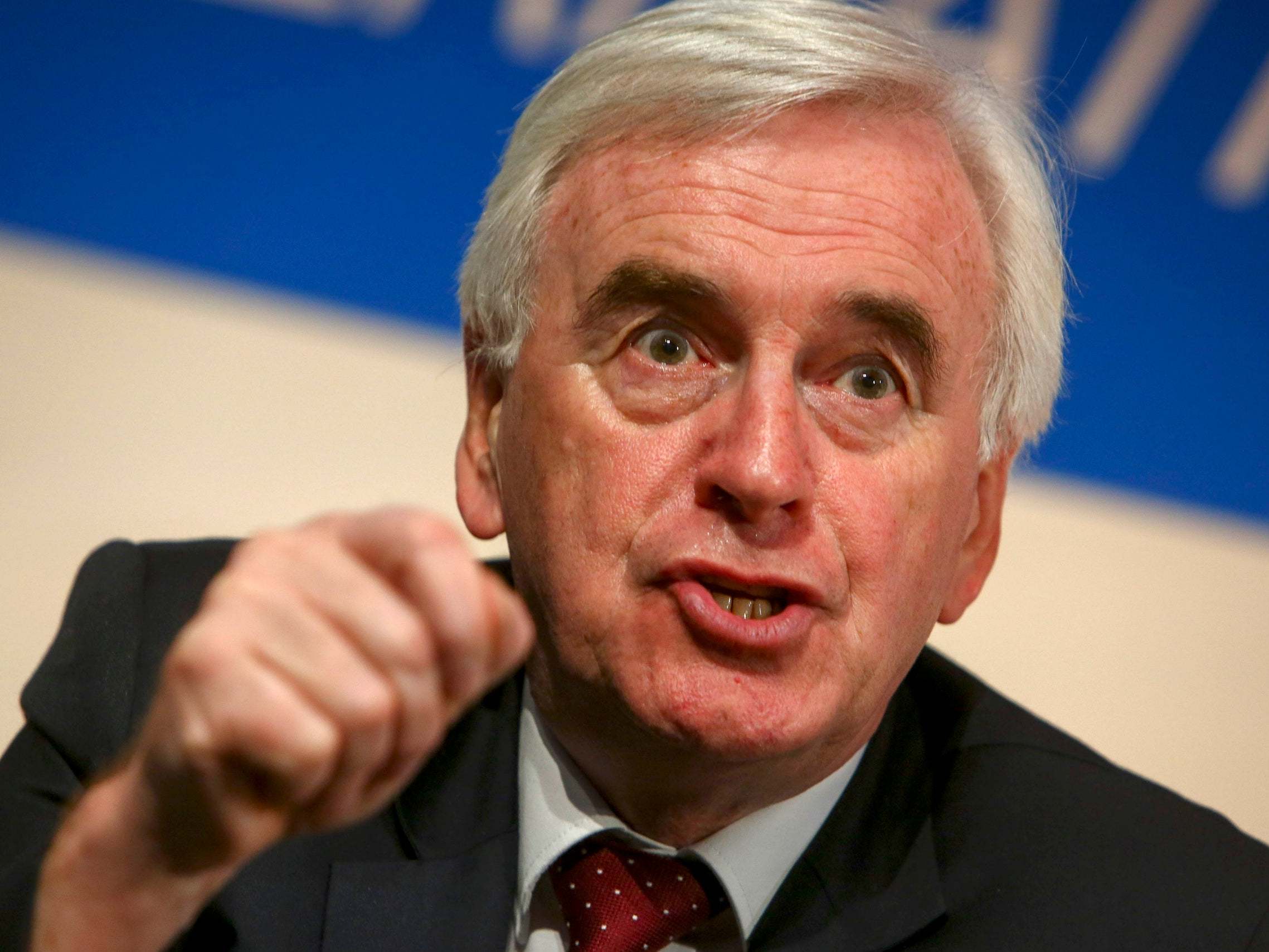Regional inequality growing under Tory government with record number of UK’s top 1% earners living in southeast, research reveals
London is home to more than half of the UK's population of super-rich 0.1 per cent, earning more than £680,000 a year

Your support helps us to tell the story
From reproductive rights to climate change to Big Tech, The Independent is on the ground when the story is developing. Whether it's investigating the financials of Elon Musk's pro-Trump PAC or producing our latest documentary, 'The A Word', which shines a light on the American women fighting for reproductive rights, we know how important it is to parse out the facts from the messaging.
At such a critical moment in US history, we need reporters on the ground. Your donation allows us to keep sending journalists to speak to both sides of the story.
The Independent is trusted by Americans across the entire political spectrum. And unlike many other quality news outlets, we choose not to lock Americans out of our reporting and analysis with paywalls. We believe quality journalism should be available to everyone, paid for by those who can afford it.
Your support makes all the difference.New research has revealed how the UK’s top 1 per cent earners are increasingly concentrated in London and the southeast, with more than one-third now based in the capital.
Shadow chancellor John McDonnell said the “shocking” evidence, from the independent Institute for Fiscal Studies, was further proof of the Conservative government presiding over growing regional inequality.
The capital and surrounding counties are home to just a quarter of taxpayers, but count three-fifths of the top 1 per cent – some 310,000 individuals with taxable incomes of more than £160,000 – among their residents.
And the proportion of top-earners based in London has grown by one-fifth since the turn of the century, from 29 per cent in 2000/01 to 35 per cent now. Members of the top 1 per cent now make up more than two in every thousand residents of 17 London constituencies, 11 in the southeast and just two – Aberdeen and Cambridge – elsewhere in the UK.
More than half of the super-rich 30,000 high-earners in the top 0.1 per cent, with a taxable income over £650,000, are based in London.
The gap between the top 0.1 per cent and the top 1 per cent were much greater in cash terms than between the top 10 per cent – which starts at a taxable income of £51,000 – and the average of £22,000, the report found.
Unequal distribution of income to the top increased dramatically in the first years after the millennium, with the amount of taxable income needed to get into the top 0.1 per cent rising from less than £500,000 to almost £800,000, before falling below £600,000 in the wake of the financial crash of 2008. Recent years have seen it rise again to around £650,000.
The concentration of wealth in the biggest city is such that a man aged 45-54 in London would be in the top 1 per cent of earners nationally on a taxable income of £162,000, but would need around £750,000 to be in the top 1 per cent for his age, gender and region.

The research also showed that a far higher proportion of the top 1 per cent than the population at large earn their income from partnerships or dividends from companies they own.
Partnership and dividend income account for over a quarter of the total income of the top 1 per cent, and over a third of the total income of the top 0.1 per cent – a much higher share than for those with lower incomes.
Those earning high proportions of their incomes in this way included high-earners in the financial and professional services, including hedge funds, business consulting, the law and medicine.
And these forms of income are taxed at lower rates than normal salaries, to the extent that a business owner with a pre-tax income of £200,000 a year would take home £13,000 more on average than an employee on a £200,000 salary.
This amounts to “a policy choice to tax the incomes of business owners at lower rates than employees, which therefore benefits a significant share of the top 1 per cent”, said the IFS.
Mr McDonnell said: “A massive proportion of the top 1 per cent live in London and the southeast, and it’s yet another sign of how Tory governments have encouraged the super-rich to concentrate in those regions while the rest of the country is held back.
“It’s shocking that so many of the top 1 per cent are getting tax advantages, as partners and business owners, and we’re going to get more help for the very wealthiest from this Boris Johnson-led government of bankers.
“A Labour government will be for the many, not the few – and will tackle regional inequality, introduce a fairer taxation system, and clamp down on tax advantages exploited by the super-rich.”
The IFS report found that the top 1 per cent have about 12 per cent of the nation’s taxable income but pay 27 per cent of all income tax.
Some 17 per cent of the top 1 per cent of earners were women, up from 12 per cent in 2000/01.
Join our commenting forum
Join thought-provoking conversations, follow other Independent readers and see their replies
Comments